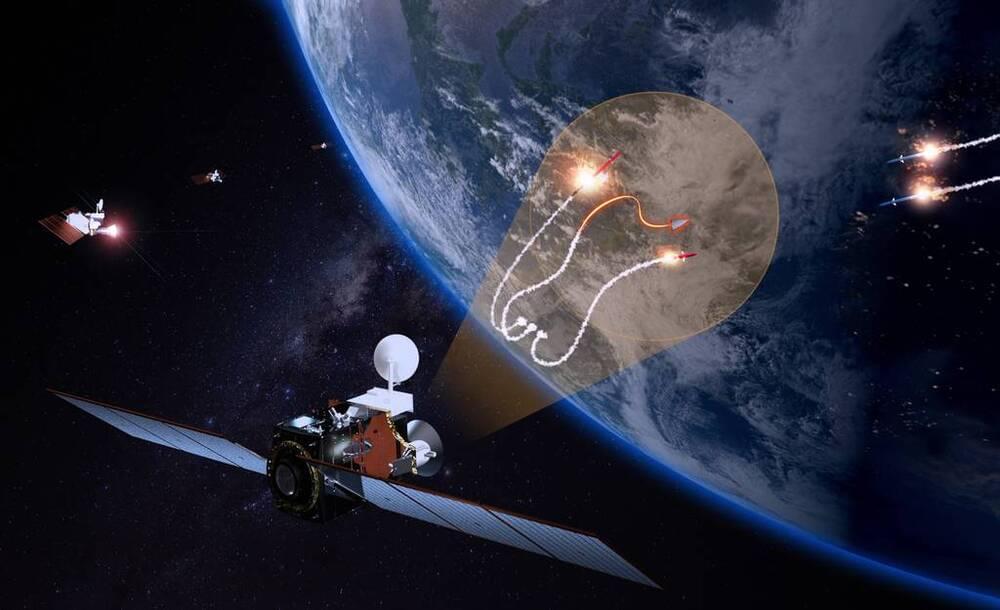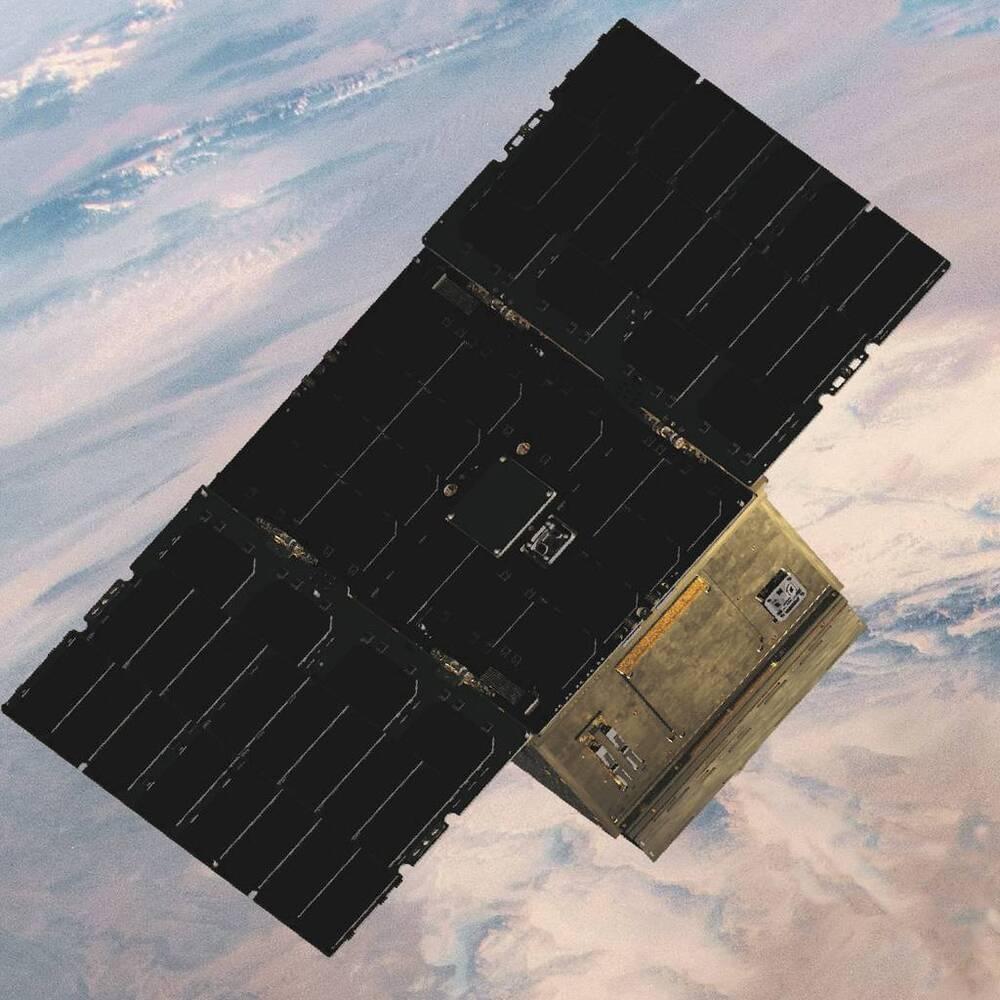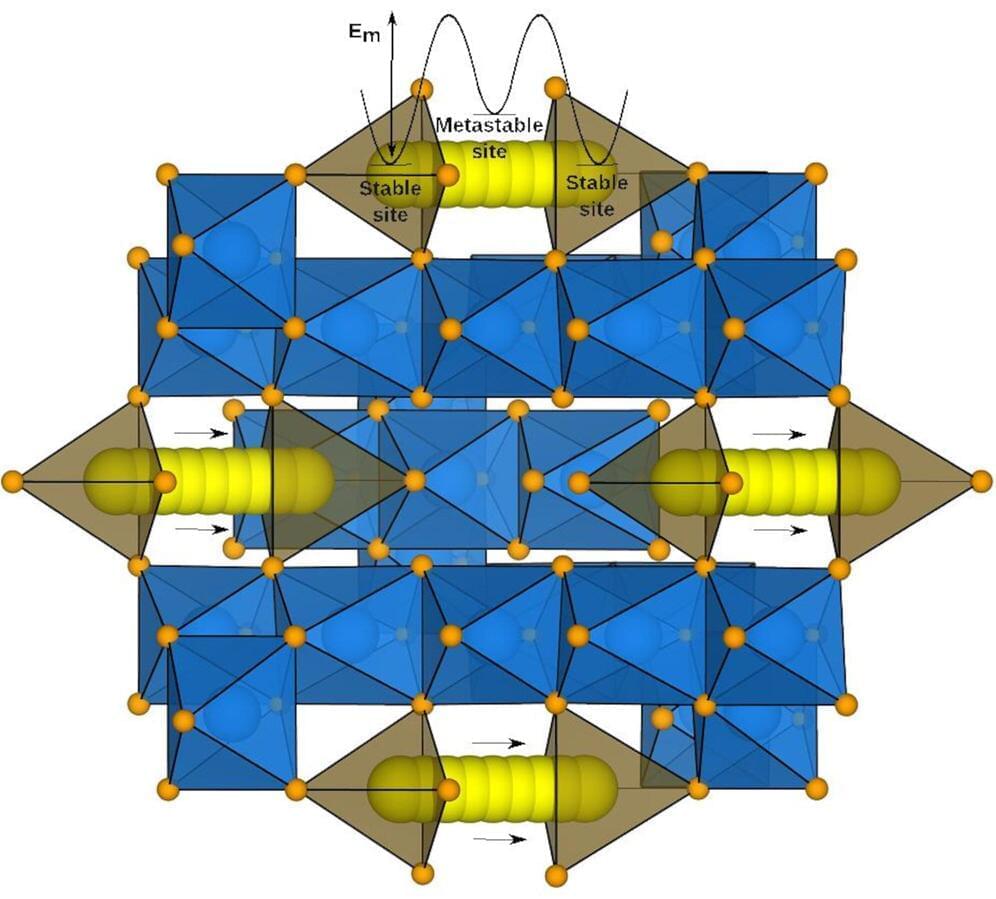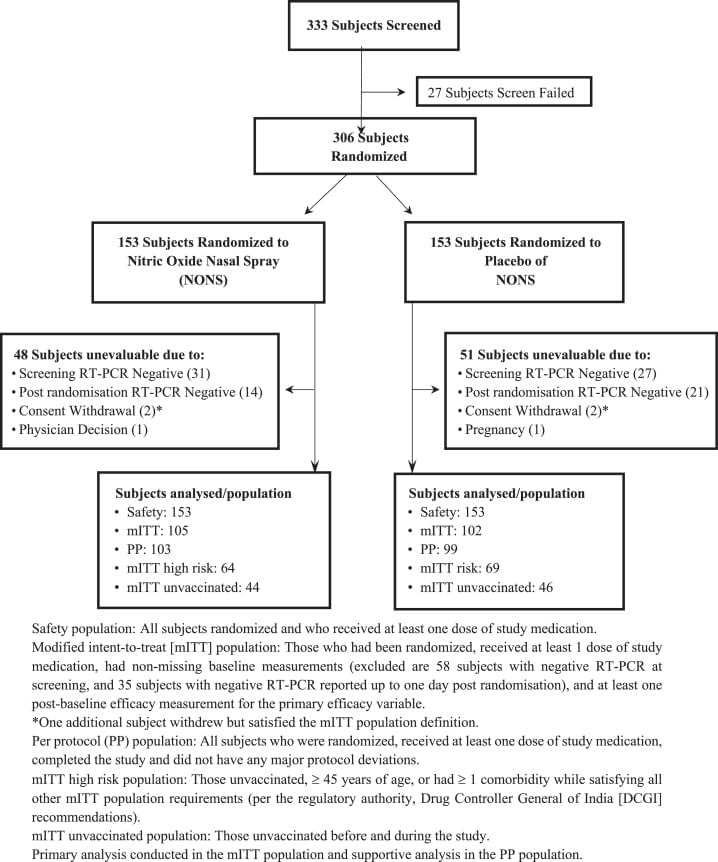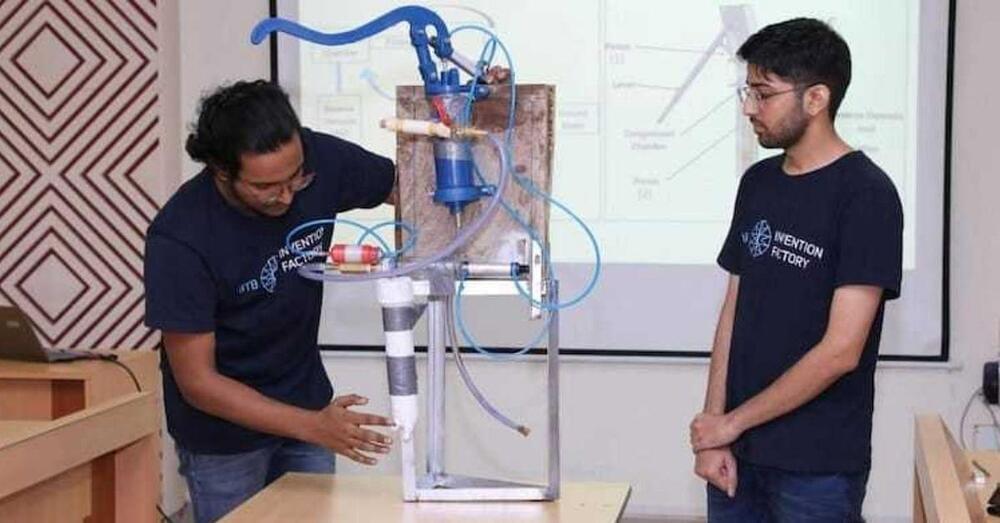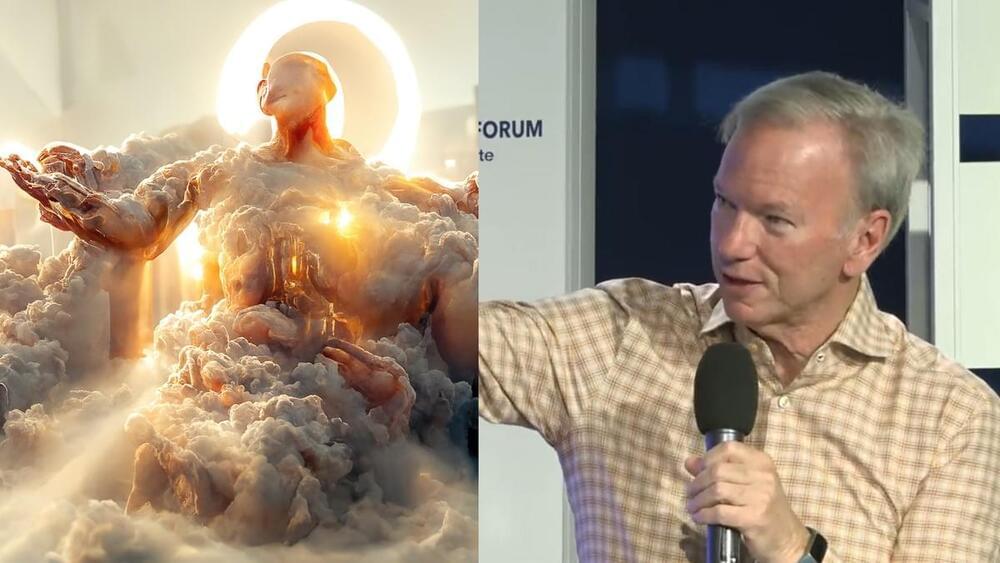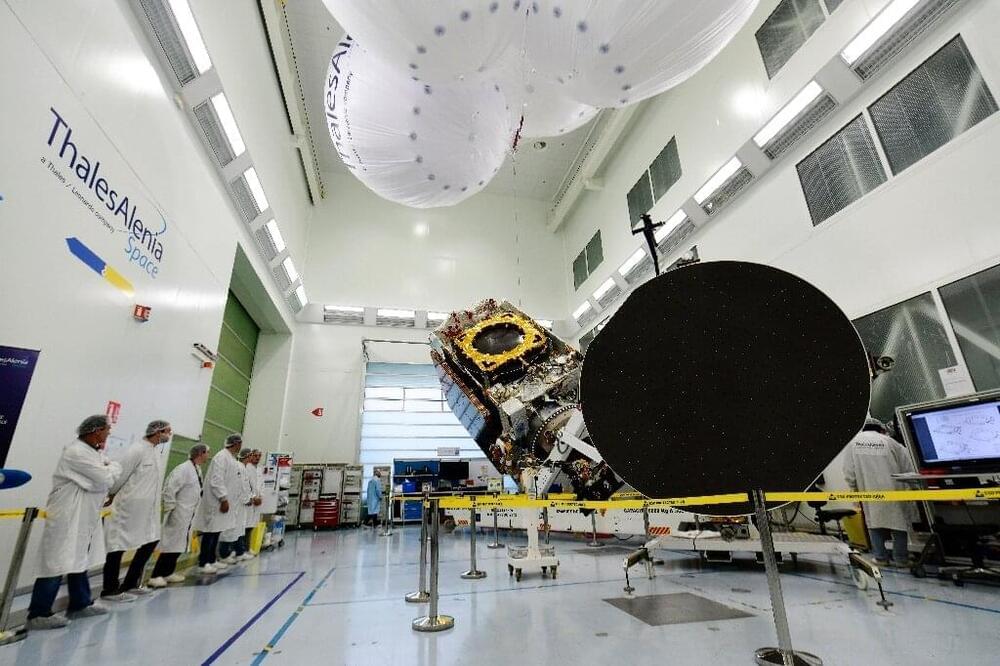WASHINGTON — L3Harris Technologies and Northrop Grumman Strategic Space Systems won a U.S. Department of Defense contract to furnish multimillion-dollar satellites that help detect, identify and target missiles and other cutting-edge threats, including hypersonics.
The Space Development Agency on July 18 said the companies will each produce 14 prototype satellites for the Tranche 1 Tracking Layer, a key component of the National Defense Space Architecture, which will consist of hundreds of satellites operating primarily in low-Earth orbit.
Together, the agreements are valued at more than $1.3 billion. The L3Harris deal came in at $700 million, making each satellite and related service package worth roughly $50 million. The Northrop Grumman deal came in at $617 million.
